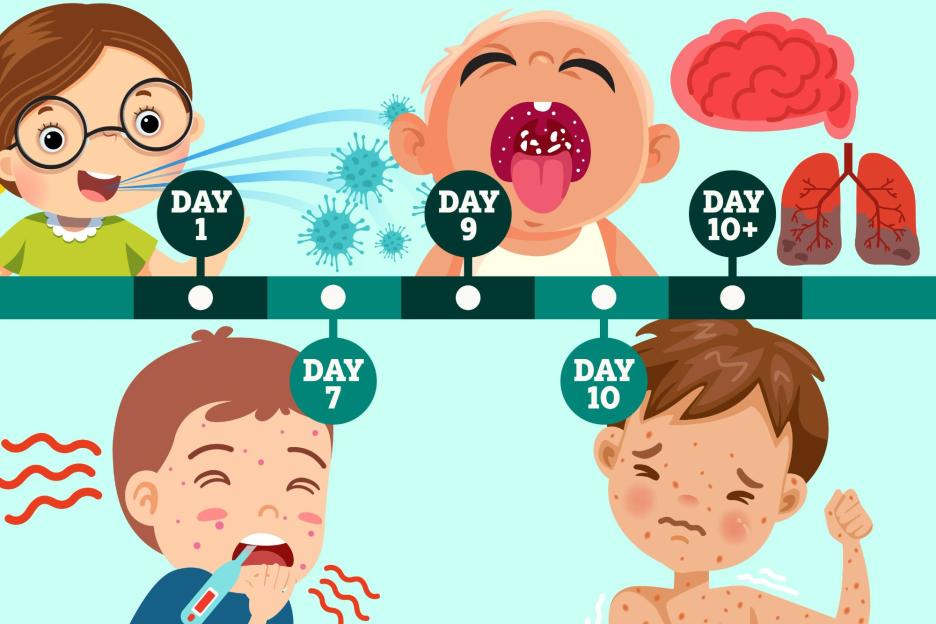THE world’s most popular painkiller may put children at risk of ADHD and autism, experts have warned.
Paracetamol, which is also sold as Tylenol in the States, is a common medication used by millions of youngsters and adults to treat mild symptoms from colds to headaches.
 NHS advises pregnant women to take paracetamol only briefly and at low doses
NHS advises pregnant women to take paracetamol only briefly and at low doses
 New research suggests pregnancy use of paracetamol may be linked to autism and ADHD
New research suggests pregnancy use of paracetamol may be linked to autism and ADHD
But new data has claimed the painkiller could be linked to autism and attention deficit hyperactivity disorder (ADHD).
Experts at Mount Sinai and Harvard’s School of Public Health conducted their research using more than 100,000 people and 46 case studies.
The team reviewed which stage of pregnancy mothers took paracetamol and compared it to their subsequent medical records.
Their findings concluded expectant mothers should take the painkiller “for the shortest” period possible, and at the “lowest effective dose”.
“Ultimately, the obtained scores suggest strong evidence of a likely relationship between prenatal acetaminophen use and increased risk of ADHD in children,” scientists wrote in the journal Environmental Health .
“This includes high-quality studies that provide very strong evidence of an association and studies that provide strong evidence of an association.”
They added: “There was strong evidence of a relationship between prenatal acetaminophen use and increased risk of autism in children.”
It is worth nothing the research did not prove a direct link to the drug and ADHD or Autism, only that there’s strong enough evidence the matter needs more exploration.
Dr Diddier Prada, assistant professor of population health science at Mount Sinai Hospital in New York and co-author of the study, told the Mail : “Our findings show that higher-quality studies are more likely to show a link between prenatal acetaminophen exposure and increased risks of autism and ADHD.”
“Given the widespread use of this medication, even a small increase in risk could have major public health implications.
“Pregnant women should not stop taking medication without consulting their doctors. Untreated pain or fever can also harm the baby.”
The NHS recommends mothers-to-be use paracetamol to treat their symptoms for short periods of time and at low doses.
But groups including those taking certain medications for conditions such as epilepsy, liver or kidney disease should seek advise from a professional first.
This comes as nearly 130,000 under-18s in England were waiting for an autism or ADHD assessment in December 2024.
Further evidence from European studies
This follows European research showing a link between paracetamol use in pregnancy and risks of autism and ADHD in children.
A team at the Barcelona Institute for Global Health studied 70,000 youngsters across six projects in the UK, Denmark , the Netherlands , Italy , Greece and Spain.
Between 14 and 56 per cent of mums said they took paracetamol while pregnant.
The findings showed children exposed in the womb were 19 per cent more likely to develop autism and 21 per cent more likely to show ADHD symptoms.
Lead author Sílvia Alemany said the effect was the same in boys and girls.
Colleague Jordi Sunyer added the drug should not be banned for mums-to-be, but used only when really needed.
However, scientists are split over whether taking paracetamol in pregnancy harms kids.
One 2019 study of nearly 5,000 children suggested mums who used it were 20 per cent more likely to have a child with ADHD .
But a massive Swedish study of 2.5 million children found no link at all with ADHD, autism or learning problems.
Lead researcher Prof Renee Gardner said mums-to-be should stick to their doctor’s advice.
Now US scientists have sparked fresh concern. The University of Washington tested blood from 307 pregnant women to check for the drug.
When their children were studied at ages 8 to 10, those exposed in the womb were more than three times as likely to have ADHD – even after taking into account age, weight and family history.
Lead author Dr Brennan Baker said the tests were more accurate as many people don’t realise paracetamol is hidden in other medicines.
Symptoms of ADHD
Symptoms of attention deficit hyperactivity disorder (ADHD) tend to be noticed at an early age and may become more noticeable when a child’ starts school.
Symptoms can be categorised into two types of behavioural problems:
- Inattentiveness (difficulty concentrating and focusing)
- Hyperactivity and impulsiveness
Children may have symptoms of both inattentiveness and hyperactivity and impulsiveness, or they may have symptoms of just one of these types of behaviour.
The main signs of inattentiveness are:
- Having a short attention span and being easily distracted
- Making careless mistakes – for example, in schoolwork
- Appearing forgetful or losing things
- Being unable to stick to tasks that are tedious or time-consuming
- Appearing to be unable to listen to or carry out instructions
- Constantly changing activity or task
- Having difficulty organising tasks
The main signs of hyperactivity and impulsiveness are:
- Being unable to sit still, especially in calm or quiet surroundings
- Constantly fidgeting
- Being unable to concentrate on tasks
- Excessive physical movement
- Excessive talking
- Being unable to wait their turn
- Acting without thinking
- Interrupting conversations
- Little or no sense of danger
Source: NHS
 Scientists remain divided as fresh studies reignite debate over the safety of paracetamol use during pregnancy
Scientists remain divided as fresh studies reignite debate over the safety of paracetamol use during pregnancy







